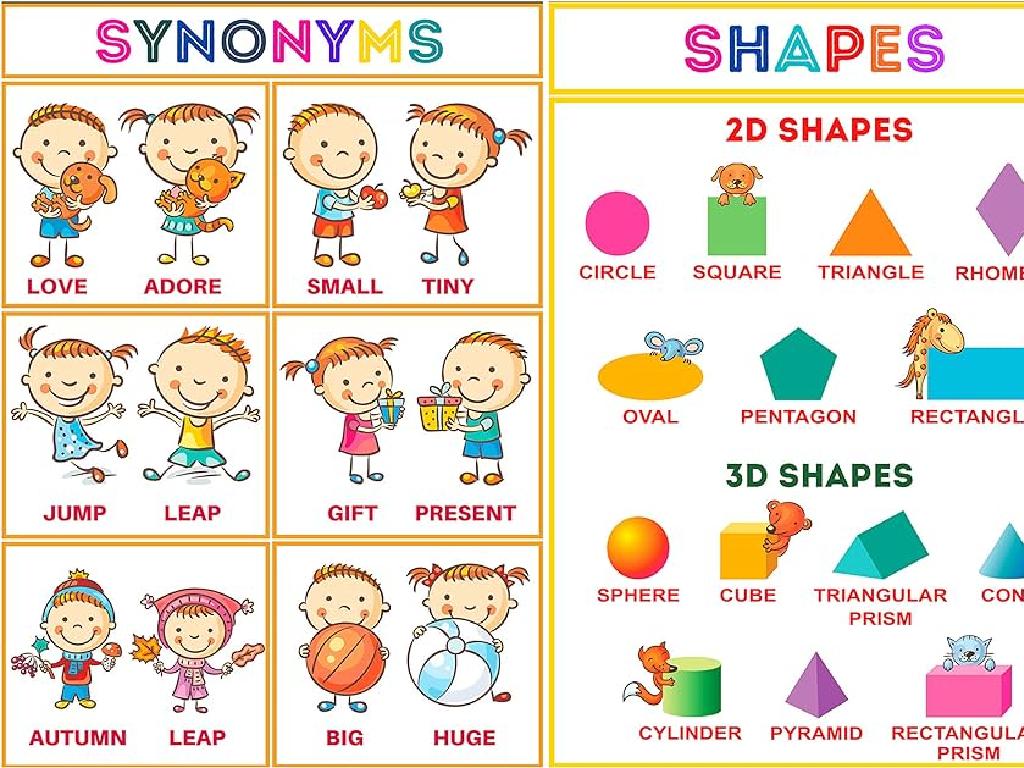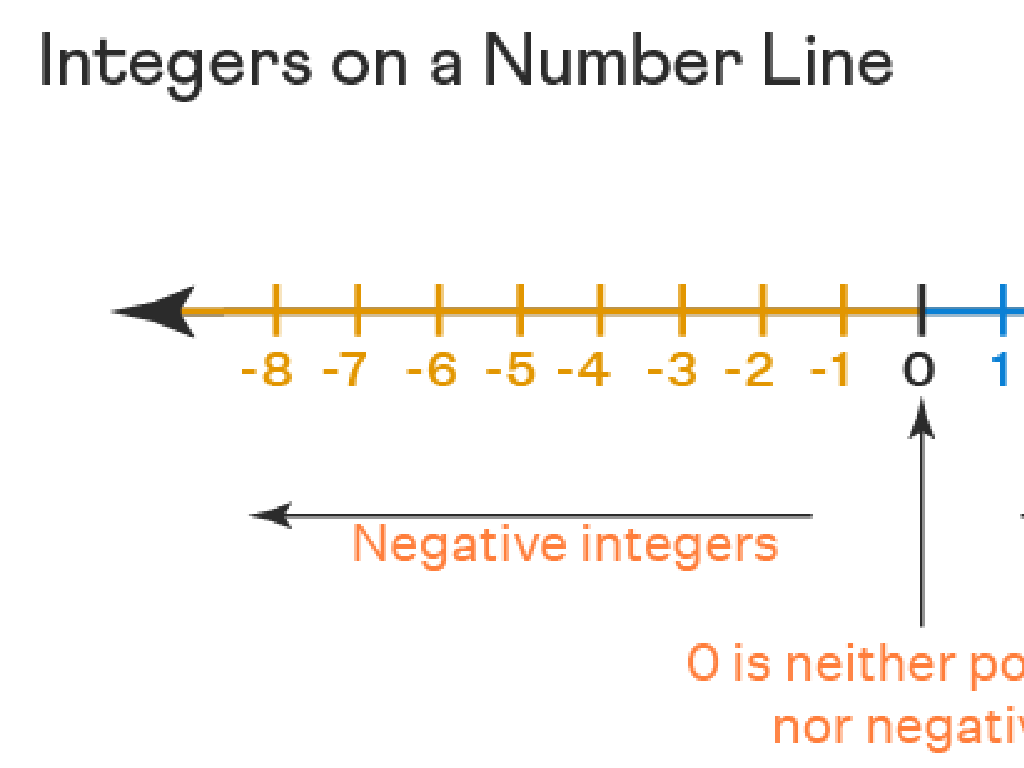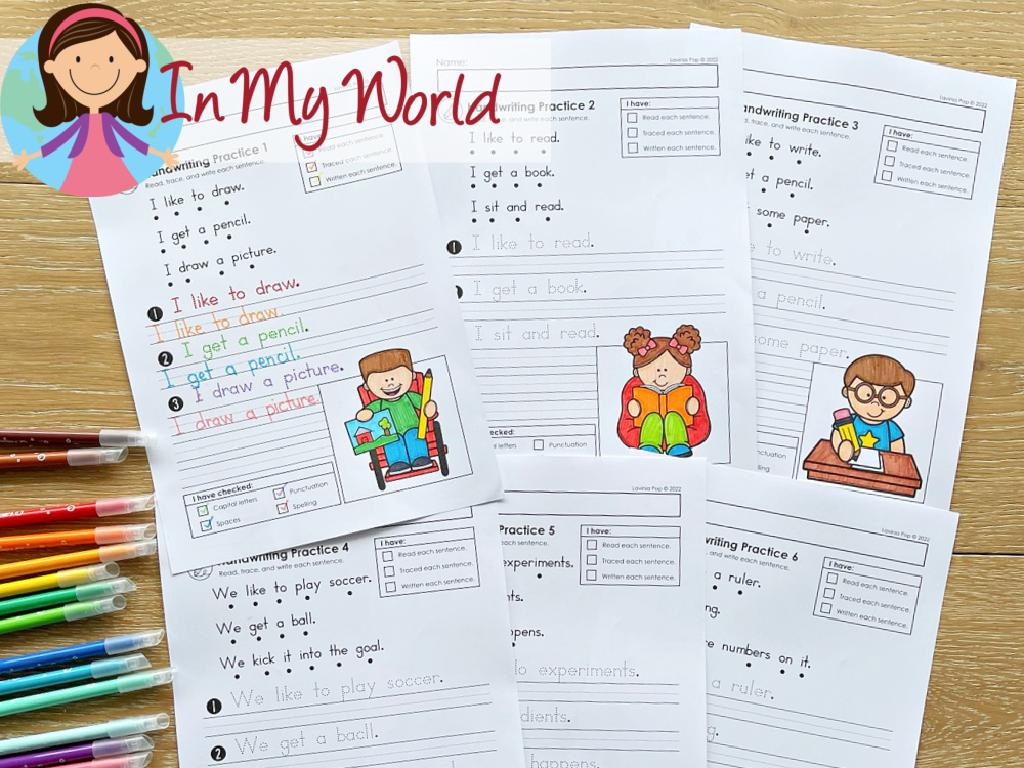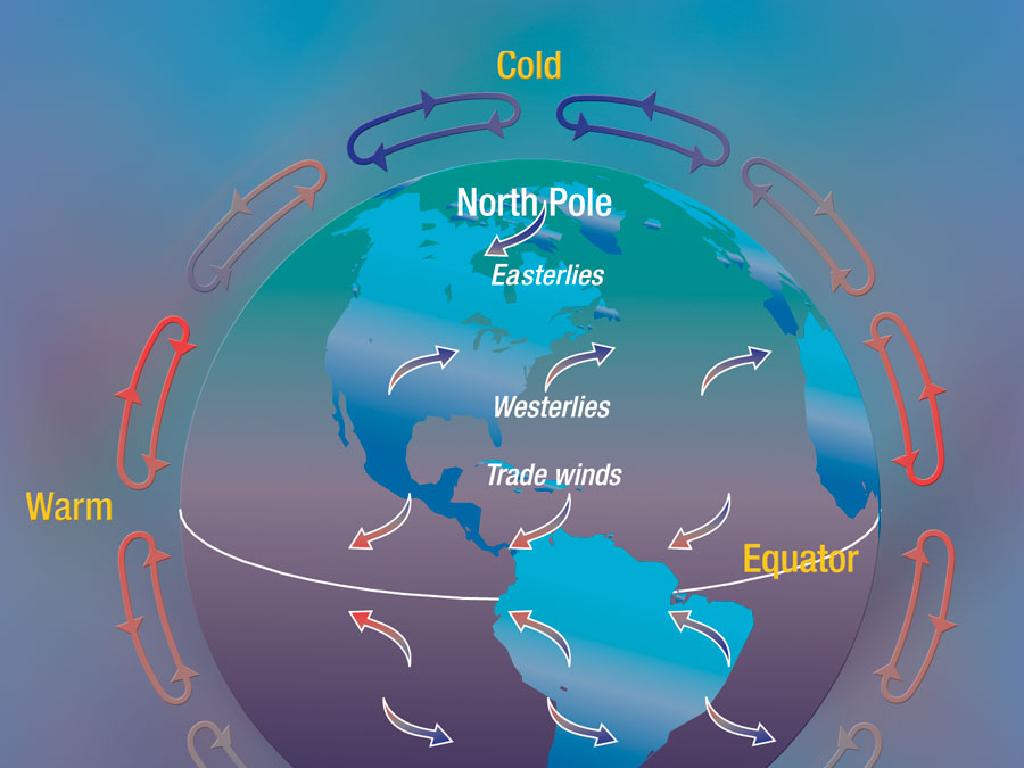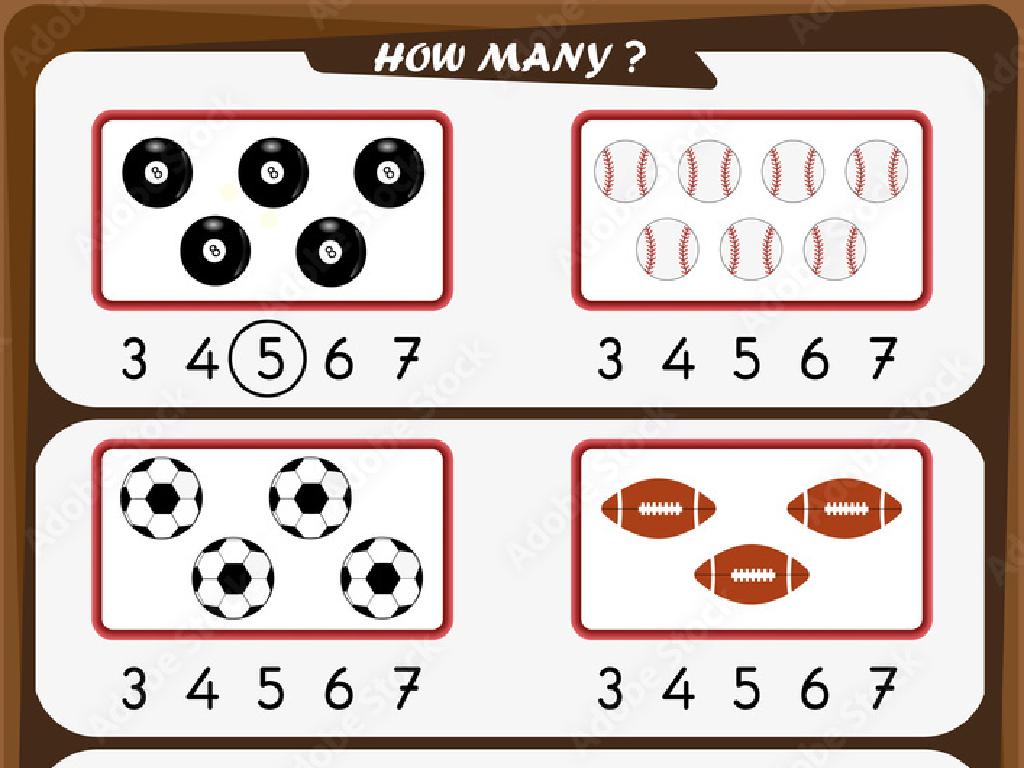Identify Elementary Substances And Compounds Using Models
Subject: Science
Grade: Sixth grade
Topic: Atoms And Molecules
Please LOG IN to download the presentation. Access is available to registered users only.
View More Content
Welcome to Atoms and Molecules!
– Atoms: The tiny building blocks
– Atoms are the smallest units of matter, making up everything around us.
– Molecules: When atoms join together
– Molecules form when two or more atoms bond together.
– Exploring substances and compounds
– Substances are pure single types of atoms; compounds are made of two or more different atoms.
– Using models to identify them
– Models help visualize the structure of atoms and molecules, showing how they connect.
|
This slide introduces the fundamental concepts of atoms and molecules, which are the core building blocks of all matter. Atoms are the smallest units that define the chemical elements and have unique properties. When atoms bond together, they form molecules, which can be the same element (like O2) or different elements (like H2O). Understanding the difference between pure substances (single types of atoms) and compounds (combinations of different atoms) is crucial. Models, such as ball-and-stick or space-filling models, are tools we use to represent these tiny particles and understand their composition and structure. Encourage students to think about how everything they interact with is made up of these tiny particles, even though they are too small to see with the naked eye.
Exploring Elements: Building Blocks of Matter
– Define an element
– Simplest form of matter, cannot be broken down
– Examples: O, H, C
– Oxygen for breathing, Hydrogen in water, Carbon in all living things
– Unique atoms in elements
– Each element has its own type of atom, with a unique number of protons
– Significance in science
|
This slide introduces the concept of elements as the fundamental substances that make up all matter. An element is defined as a substance that cannot be broken down into simpler substances by chemical means. Each element is made up of one type of atom, which is characterized by a specific number of protons in its nucleus. Examples include Oxygen (O), which is essential for respiration; Hydrogen (H), a major component of water; and Carbon (C), found in all known life forms. Understanding elements is crucial for students as they form the basis for studying chemistry and understanding the world around us. Encourage students to think about how these elements are present in everyday life and to recognize the diversity of elements in the periodic table.
Atoms: The Building Blocks of Matter
– Atoms: Protons, Neutrons, Electrons
– Atoms consist of protons (+), neutrons (0), and electrons (-).
– Understanding Atomic Number
– Atomic number equals the number of protons in an atom.
– What is Mass Number?
– Mass number is the total of protons and neutrons.
– Isotopes and their uniqueness
– Isotopes are forms of an element with different numbers of neutrons.
|
This slide introduces the basic concepts of atomic structure and important terms in chemistry. Start by explaining that atoms are the smallest units of matter, made up of protons, neutrons, and electrons. The atomic number, which is unique to each element, tells us the number of protons in the nucleus of an atom. The mass number, on the other hand, is the sum of protons and neutrons, providing the approximate mass of the atom. Isotopes are variations of the same element that have the same number of protons but a different number of neutrons, resulting in different mass numbers. Use models to show the structure of atoms and isotopes, and provide examples such as Carbon-12 and Carbon-14 to illustrate the concept of isotopes. Encourage students to think about how these differences in atomic structure can lead to the vast diversity of substances in the world.
Building Compounds: The Basics
– Definition of a compound
– A substance formed when two or more elements chemically join.
– Combining elements example
– Water (H2O) is made of hydrogen and oxygen; carbon dioxide (CO2) consists of carbon and oxygen.
– Understanding chemical formulas
– Chemical formulas represent the elements in a compound and the number of atoms of each.
– Learning about chemical bonds
– Chemical bonds are the forces holding atoms together in a compound.
|
This slide introduces the concept of compounds in chemistry. A compound is a substance that is formed when two or more different elements combine through chemical bonds. Examples like water (H2O) and carbon dioxide (CO2) illustrate how elements come together in specific ratios. Emphasize the importance of chemical formulas, which tell us the exact number of each type of atom in a compound. Chemical bonds, such as ionic and covalent, are the glue that holds these atoms together, creating stable compounds. Encourage students to think of compounds as recipes, with elements as ingredients and chemical formulas as the recipe list. This analogy can help them grasp the concept of building compounds from individual elements.
Understanding Models in Science
– Purpose of scientific models
– Simplify complex concepts, like atoms and molecules
– Types: Ball-and-Stick, Space-Filling
– Ball-and-Stick shows bonds, Space-Filling shows space occupied
– Interpreting models for substances
– Use models to distinguish elements and compounds
– Practice with models
|
This slide introduces the concept of models in science, particularly in the study of atoms and molecules. Models are essential tools that help scientists simplify and visualize complex structures and processes. Two common types of models in chemistry are the Ball-and-Stick and Space-Filling models. The Ball-and-Stick model represents atoms as balls and chemical bonds as sticks, making it easier to see the connections between atoms. The Space-Filling model shows how atoms occupy space, giving a more realistic view of molecular structures. Students will learn how to interpret these models to identify different elementary substances and compounds. Encourage students to practice using these models to reinforce their understanding of molecular structures. Provide examples of both types of models and ask students to identify substances based on these representations.
Identifying Elements and Compounds
– Elements: simplest substances
– Elements cannot be broken down
– Compounds: two or more elements
– Compounds have fixed ratios
– Models show atoms’ arrangement
– Balls and sticks represent bonds
– Practice with different models
– Identify substances using models
|
This slide introduces the basic concepts of elements and compounds and how to distinguish between them using models. Elements are the simplest form of substances that cannot be broken down into simpler substances. Compounds are substances formed when two or more elements are chemically bonded together in a fixed ratio. Models, often made with balls (atoms) and sticks (bonds), help visualize the arrangement of atoms in these substances. For practice, students will look at different models and determine whether they represent an element or a compound. This activity will help reinforce their understanding of the structure of elements and compounds and how they differ.
Let’s Build a Model!: Molecule Construction
– Class Activity: Build molecule models
– Gather materials: balls, sticks, sheets
– Follow model guidelines carefully
– Use the colored balls to represent different atoms and sticks to show bonds
– Share your models with the class
– Explain your model’s structure and what molecule it represents
|
This slide introduces a hands-on class activity where students will construct models of molecules using physical materials. Provide each student or group with colored balls to represent different elements, sticks to simulate the bonds between atoms, and model sheets for guidance. The activity will help students visualize and understand the structure of molecules and the concept of chemical bonding. After building, students will share their models with the class, explaining the molecule they’ve built and the significance of the colors and connections. For the teacher: Prepare a variety of molecule examples with different complexities, ensure all materials are available, and consider safety when using sticks or connectors. Possible molecules for modeling include water (H2O), carbon dioxide (CO2), and methane (CH4).
Class Activity: Model Identification Challenge
– Activity: Identify Elements & Compounds
– Work in Pairs for the Challenge
– Use Models to Determine Substances
– Look at models and decide if it’s a single element or a compound.
– Present Findings to the Class
|
This class activity is designed to help students apply their knowledge of atoms and molecules in a practical setting. Students will work in pairs to examine different models and determine whether each model represents an elementary substance or a compound. Provide a variety of models, both physical and on paper, that illustrate different substances. Encourage students to discuss their reasoning with their partner and use their understanding of atomic structure and bonding to make their identifications. After the activity, each pair will present their findings to the class, explaining how they identified each substance. This will reinforce their learning and improve their presentation skills. Possible variations of the activity could include using digital models, creating their own models from craft materials, or even drawing diagrams based on molecular formulas.
Review and Reflection: Atoms and Molecules
– Recap of today’s key points
– Significance of atoms and molecules
– Atoms and molecules are the building blocks of everything around us.
– Encourage questions and curiosity
– Any thoughts or questions about today’s lesson?
– Reflect on what we’ve learned
– Think about how this knowledge applies to the world.
|
This slide aims to consolidate the knowledge gained in today’s lesson on atoms and molecules. Begin with a brief recap, highlighting the main points covered. Emphasize the importance of understanding atoms and molecules as fundamental components of matter, which is essential for grasping more complex scientific concepts in the future. Encourage students to ask questions or express any curiosities they may have, fostering an interactive and open classroom environment. Conclude by asking students to reflect on what they’ve learned and how it connects to everyday life, reinforcing the relevance of science in their understanding of the world.
Homework: Model a Compound
– Craft a model of a compound
– Compose a model explanation
Describe the elements, bonds, and structure in your model.
– Prepare for a class presentation
– Understand compounds through modeling
Models help visualize the arrangement of atoms in compounds.
|
Students are tasked with creating a physical model of a compound, such as water (H2O) or carbon dioxide (CO2), using materials like clay, beads, or sticks to represent atoms and bonds. They should write a brief explanation of their model, detailing the elements involved, the type of bonds between atoms, and the overall structure of the compound. This activity will help students understand how atoms combine to form compounds and the spatial relationships between them. For the next class, students should be ready to present their models and explanations, fostering public speaking skills and peer learning. Provide examples of common compounds and encourage creativity in their model-making.

